Two major industrial collaborations have been established in Japan to progress ambitions for large-scale production of sustainable aviation fuels (SAF) in the country, writes Tony Harrington. In the first project, sponsored by Japan’s Ministry of the Environment, six prominent corporations have joined forces to demonstrate the extraction of carbon dioxide from industrial exhaust gases, and its conversion into SAF as part of a broader plan to also drive regional revitalisation through carbon recycling. The second involving four major corporations, supported by the government’s New Energy and Industrial Technology Development Organisation (NEDO), will establish SAF commercial production by converting solid materials such as wood chips into fuel through a two-stage process of gasification and Fischer-Tropsch (FT) synthesis, following a recent successful trial by Japan Airlines of woody biomass fuel on a domestic flight. Meanwhile, an IBA report estimates fuel efficiency per seat/km on Japanese domestic flights has improved significantly, largely through deployment of next-generation aircraft.
The CO2 recycling, or E-fuels project, brings together Toshiba Energy Systems and Solutions Corporation, Toyo Engineering Corporation, Toshiba Corporation, Idemitsu Kosan, Japan CCS and All Nippon Airways to establish and demonstrate a process to collect and separate CO2, then transform it into SAF. Subject to finalising a contract with Toyo, UK-based Velocys said its FT synthesis technology would be used to convert gas to SAF in the project. Velocys will also demonstrate the diversity of feedstocks such as sustainable waste and biomass that can be used in conjunction with the FT technology to create SAFs. The project is scheduled to commence this month and continue until the end of March 2025.
The parallel project to convert solid biomass to fuel will be undertaken by a consortium of Toyo Engineering Corporation, JERA, Mitsubishi Power and ITOCHU Corporation. Velocys said it would also partner with Toyo in this programme, again using FT technology and other processes to efficiently convert woody biomass into SAF.
Velocys CEO Henrik Wareborn said the two projects highlighted the increasing momentum of the sustainable aviation fuel market. “Velocys is well-positioned to deliver its proprietary FT technology to biorefinery projects that convert a range of renewable feedstocks into the low carbon sustainable fuel that airlines need to meet their carbon reduction goals, without having to make any adjustment to engines or fuelling systems,” he said.
Japan has long been a leader in the development and use of SAFs in the Asia Pacific region, and the government is intent on establishing large-scale domestic SAF production by 2030. The two biggest airline groups, All Nippon Airways (ANA) and Japan Airlines (JAL), have both been continuously active for more than a decade in encouraging, testing and investing in alternative fuels, as part of their broader decarbonisation strategies.
Since 2009, when Japan Airlines performed Asia’s first proving flight using SAF manufactured from the non-edible crop camelina, the carrier has continued to test a variety of blends, and in 2018 even initiated a project to produce sustainable fuel based on cotton obtained from 250,000 discarded garments, the first time SAF was fully produced in Japan. In June this year, JAL became the first airline to use SAF developed from gasified wood chips, synthesised by the Velocys FT process. And together with two major Japanese partners, the airline has invested in US-based SAF manufacturer Fulcrum BioEnergy .
ANA too has long been focused on decarbonising its operations and recently blended microalgae into the fuel on a domestic flight. It has also entered a global fuel offtake partnership with SAF provider LanzaTech and has partnered with Finland’s Neste to enable access to SAF developed from renewable waste and residue raw materials.
The complex stages of the CO2-to-SAF project have been divided between the six partners in the consortium, who will leverage their respective strengths as follows:
- Toshiba Energy Systems to build and demonstrate a full-scale carbon dioxide electrolysis unit prototype, and conduct a review for a Power-to-Chemicals (P2C) plant;
- Toyo Corporation to create plans for an FT synthesis plant and a P2C plant;
- Toshiba Corporation to demonstrate the CO2 technology;
- Idemitsu Kosan to investigate a SAF certification scheme and standards, and create the basic plan for a SAF blending facility and quality control;
- Japan CCS to study the P2C demonstration plant site and regional cooperation plan; and
- ANA to conduct a study of the SAF market and fuel supply at airports.
For the second project, Toyo Engineering Corporation said it would undertake basic design of an FT synthesising facility in Japan; JERA would study applicable regulations, feedstock procurement, methods of mixing neat SAF with conventional jet fuel, and business feasibility; Mitsubishi would undertake basic design of a gasification facility; and ITOCHU would research supply logistics of SAF, by-products and by-product markets.
Meanwhile, a new report by aviation data group IBA has identified a 13% decline in CO2 emissions per seat, per kilometre, on Japanese domestic flights between January 2019 and June 2021.
While just over half of the survey period was blighted by the Covid-19 pandemic, and so impacting flight operations, IBA’s Senior Aviation Analyst Finlay Grogan, who authored the report, said the emissions reduction also reflected a tripling of the number of next-generation aircraft deployed on Japan’s domestic air routes.
The report said JAL had reduced emissions of its domestic flights by approximately 7% through deploying new Airbus A350-900 and Boeing 787-8 aircraft on high-capacity routes, replacing older, less-efficient Boeing 767-300s and 777-200s, the latter now retired by the airline.
Fleet renewal also enabled ANA and its low-cost division Peach to cut their emissions by more than 6% and 9% respectively through the introduction of Airbus A320neo jets to replace less-efficient A320ceo units, while ANA also exited older widebody jets.
ANA Wings was a standout in the IBA assessment, achieving a 13% cut in carbon emissions by replacing Boeing 737-500s with smaller, younger De Havilland Q400 turboprops.
The report said next-generation aircraft operated more than 16% Japanese internal flights in June 2021, compared to an average of just 5% through 2019, and said reductions would continue as the nation’s airlines continued to induct new narrowbody aircraft.
But beyond re-fleeting, Japan’s airlines have also reported significant additional emission reductions during the survey period from a range of operational initiatives including engine core washing, reduced use of auxiliary power units, optimised flight plans, continuous ascent and descent profiles, idle reverse thrust, single-engine taxi-in, optimised uplift of potable water supplies, the use of lightweight cargo containers, and even closing aircraft window shades while parked at airports to reduce the demand for air conditioning.
Photo: ANA Wings achieved a 13% cut in carbon emissions by replacing Boeing 737-500s with De Havilland Q400 turboprops, says an IBA report


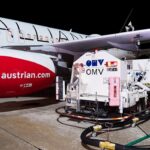
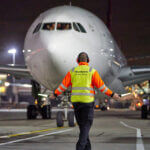
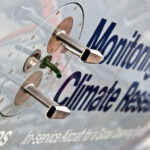


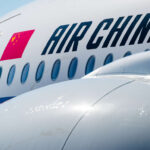
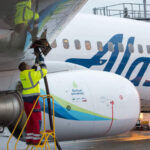
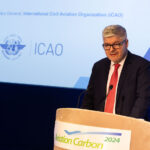
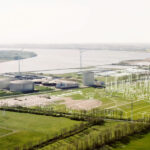
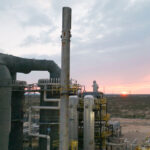
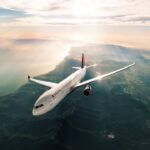
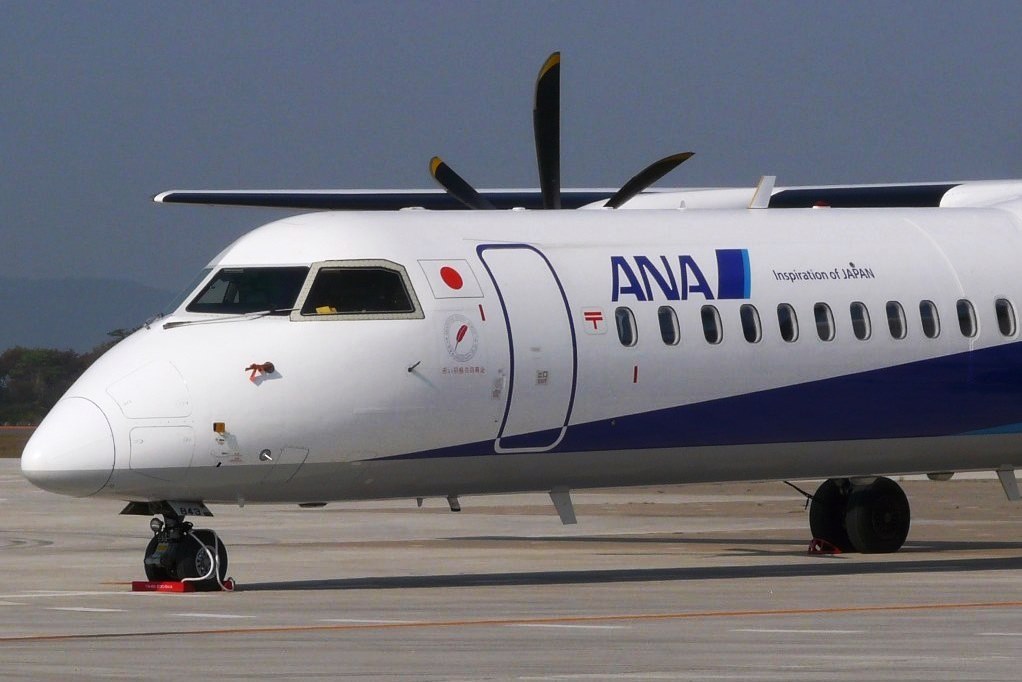

More News & Features
Progress on decarbonising the airline sector has been slow this year, says IATA chief
EASA releases status report on Europe’s SAF production and readiness to meet blending targets
Commentary: China’s fair and equitable solution to civil aviation’s climate challenge
New partnerships formed to drive e-SAF production in Nordic markets
IAG continues to go big on e-SAF as it inks 10-year offtake agreement with Infinium
US on the pathway to achieving its 2030 SAF Grand Challenge target, says DOE report